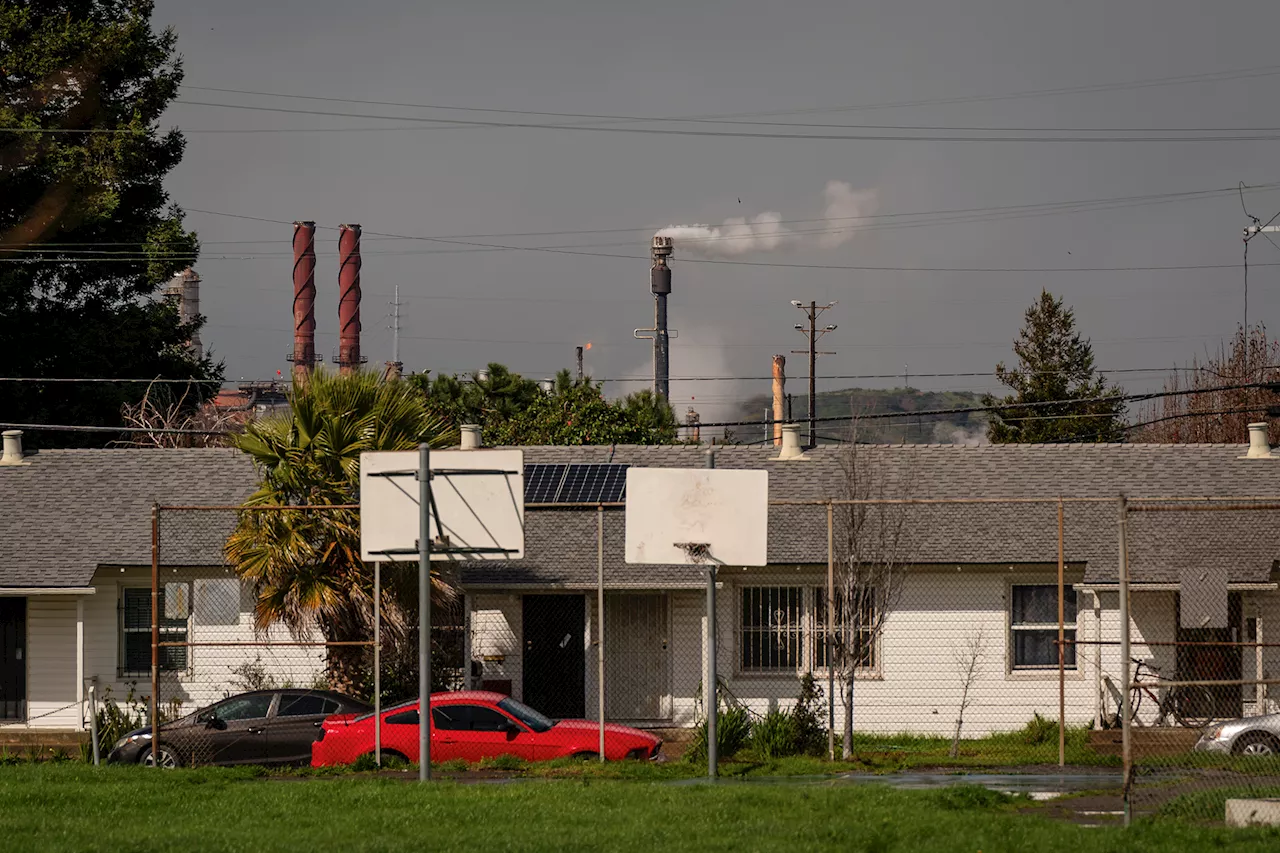The state’s environmental tool skews which communities are designated as disadvantaged, researchers say.
We’re a big state with big challenges. Each morning we explain the top issues and how Californians are trying to solve them.One weekly email, all the Golden State newsGet the news that matters to all Californians. Start every week informed.The massive Chevron oil refinery is located next to neighborhoods in Richmond, one of the California communities designated as disadvantaged using the state's environmental harm screening tool.
About 16% of Census tracts in the state could be ranked differently with alterations in EnviroScreen’s model, according to the study. The findings come as scientists are increasingly demonstrating that algorithms can be as biased as the humans who create them, and that CalEnviroScreen evaluates 21 environmental, public health and demographic factors to identify which neighborhoods are most susceptible to environmental harm. Among the factors considered: air pollution and drinking water contaminants, pesticide usage, toxic releases, low birth weight infants, poverty and unemployment rates. The tool then ranks the 25% most disadvantaged communities in California — which determines which neighborhoods get billions of dollars in government and private funds.
